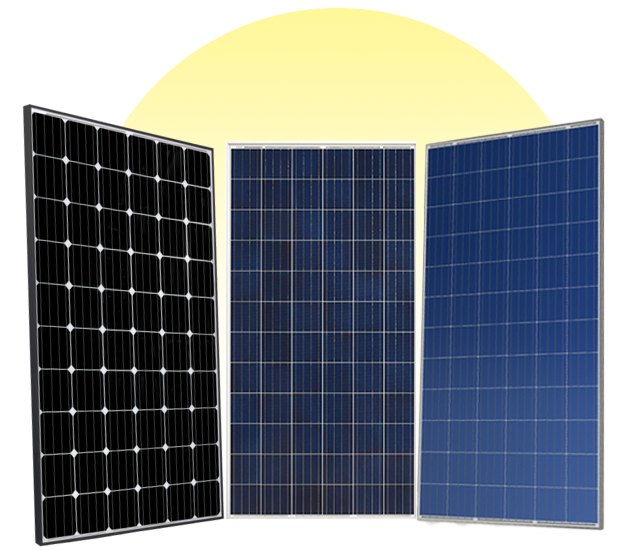Residential Rooftop System
What Is Rooftop System
A rooftop solar power system, also known as a rooftop PV system, is a photovoltaic (PV) system comprising solar panels mounted on the rooftop of a residential or commercial building to generate electricity. Unlike ground-mounted utility-scale solar PV power stations, rooftop PV systems are smaller and typically have a capacity of about 5-20 kW. These systems help to optimize land use and mitigate concerns related to land use and environmental impact.

Rooftop PV systems are grid-connected and consist of various components, including photovoltaic modules, mounting systems, cables, and solar inverters. The photovoltaic cells within rooftop solar panels are made up of layers of semiconductors such as silicon and produce carbon-free electricity. These cells generate direct current (DC), which is then converted into alternative current (AC) by the solar inverter.
If a rooftop solar system produces more energy than is consumed by the building, the excess electricity is fed back into the grid through a process called net metering. This surplus energy can be utilized when the solar panels do not generate enough energy, such as during nighttime or on cloudy days
Types of PV cells
There are three basic types of solar cells used in rooftop solar panels. These are-
- Single-Crystal Cells – High-efficiency cells in the form of hexagonal or circular wafers. Because of their highest efficiency, these cells are also much more expensive than others. Installing them can improve up to 30% energy efficiency of any residence.
- Polycrystalline Cells- Created from molted silicon shaped into bars and then cut into smaller squares, these cells cost less money but also have lower efficiency than single-crystal cells. As these cells are square-shaped, they are packed closer together and thus, increased energy production.
- Amorphous Silicon- The least expensive and least efficient photovoltaic cells, amorphous cells are silicon sprayed onto a glass or metal surface in thin layers.


Economics of Solar Rooftop System.
Rooftop solar power is a cost-effective and zero-health risk solution for your ever-rising electricity bills. With a 1 kW rooftop solar panel, you can save up to 120 units every month. It may sound inconsequential at first but it easily overpowers the upfront investment that is required for installation. And with Anirat Green Energy’s zero down payment loan facility even that investment is no longer a load on your pocket. It’s a double benefit scheme.
Requirements for Rooftop Solar Panel Set-up
The only requirement for rooftop solar power electricity generation is clear access to the sunlight. Weather conditions like rain, snow, or high heat, do not affect rooftop solar panels.
For best results, the panels should be installed on the east or south side of the roof to ensure maximum utilization of solar energy.
Another factor to consider when switching to solar energy is the size of the rooftop. The scale of your PV system is determined by the roof size, the amount of electricity required, and your budget.
A single call to our customer care, and our team of experts will inspect your location and provide you with all the necessary information.


